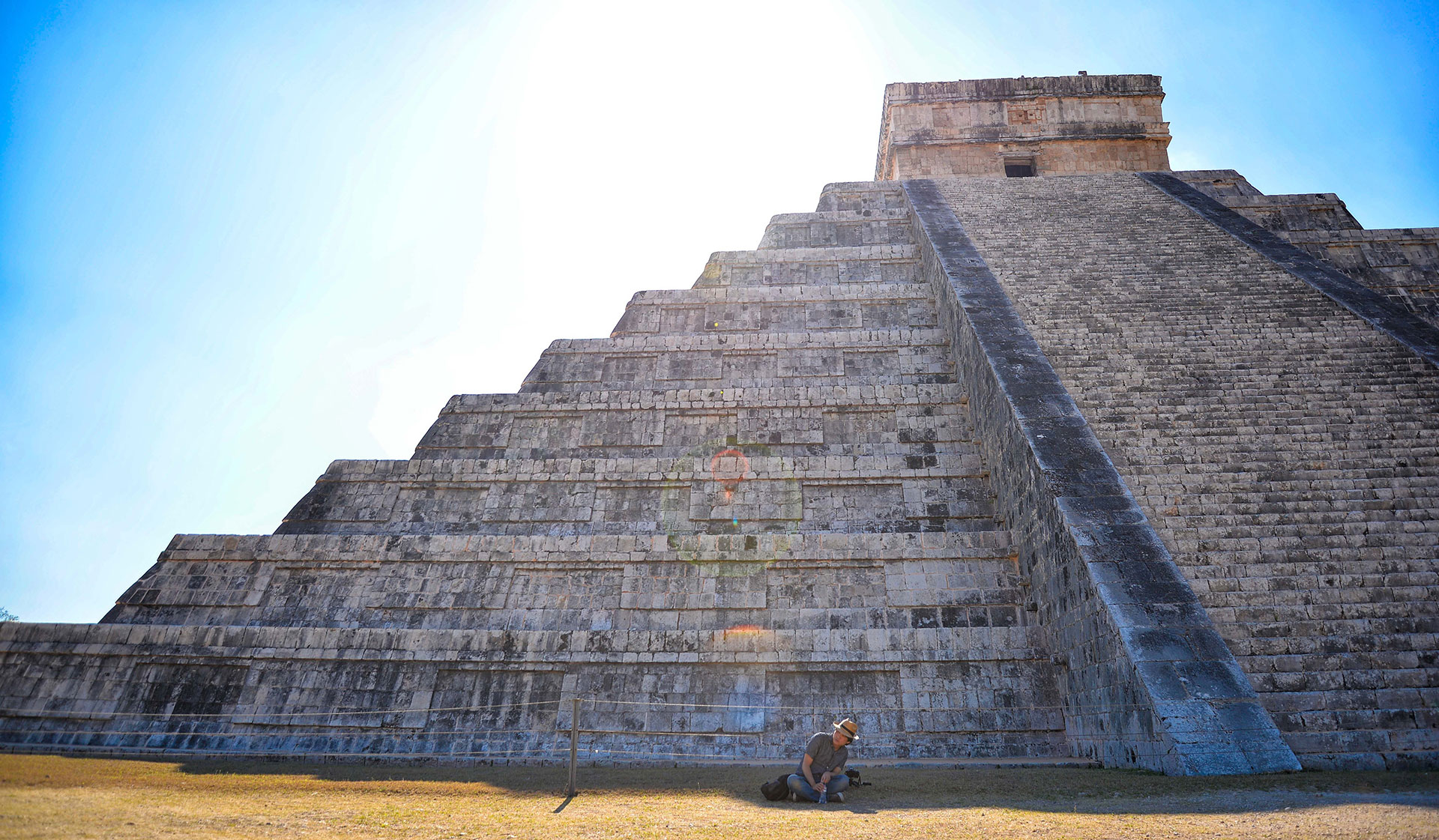
Chichen Itza is one of the main archaeological sites on the Yucatan Peninsula, in Mexico. It was and is a sacred city and Mayan pilgrimage center founded by the Itza, the so-called water sorcerers, in the 5th century AD.
The Mayans developed one of the most fascinating and enigmatic cultures of Humanity in the heart of the dense jungles of Chiapas, Guatemala, Yucatán, Honduras and Belize. Although the habitat in which they settled was not very favorable for urban development, they achieved great splendor. Between the 3rd and 10th centuries of our era, the classical Mayans, in the south, raised cities such as Tikal, Copán, Quiriguá, Palenque and Piedras Negras, ruled by divine and intriguing kings, who today are known to have permanently fought to increase their power.
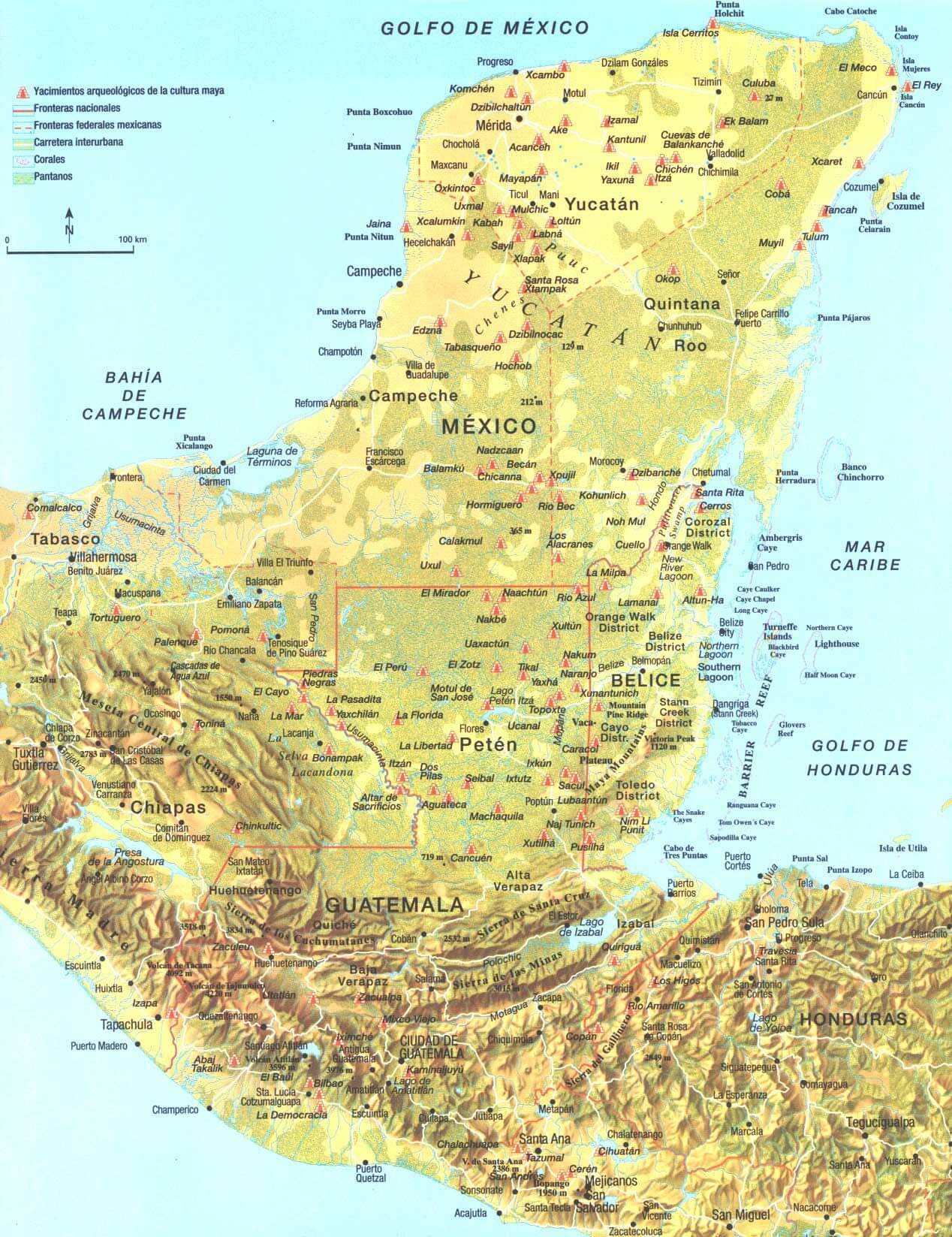
They created refined courts in which they promoted the arts and sciences until, in the middle of the 9th century, for reasons not entirely clarified, these cities were abandoned and the population reorganized into small rural nuclei or migrated north. It was then that the center of power shifted to the Yucatan peninsula, where the Mayans built new cities, many with architectural features similar to those of central Mexico. The most important of them was Chichén Itzá, whose buildings and sculptures are reminiscent of the city of Tula, in central Mexico, 1,500 km away.
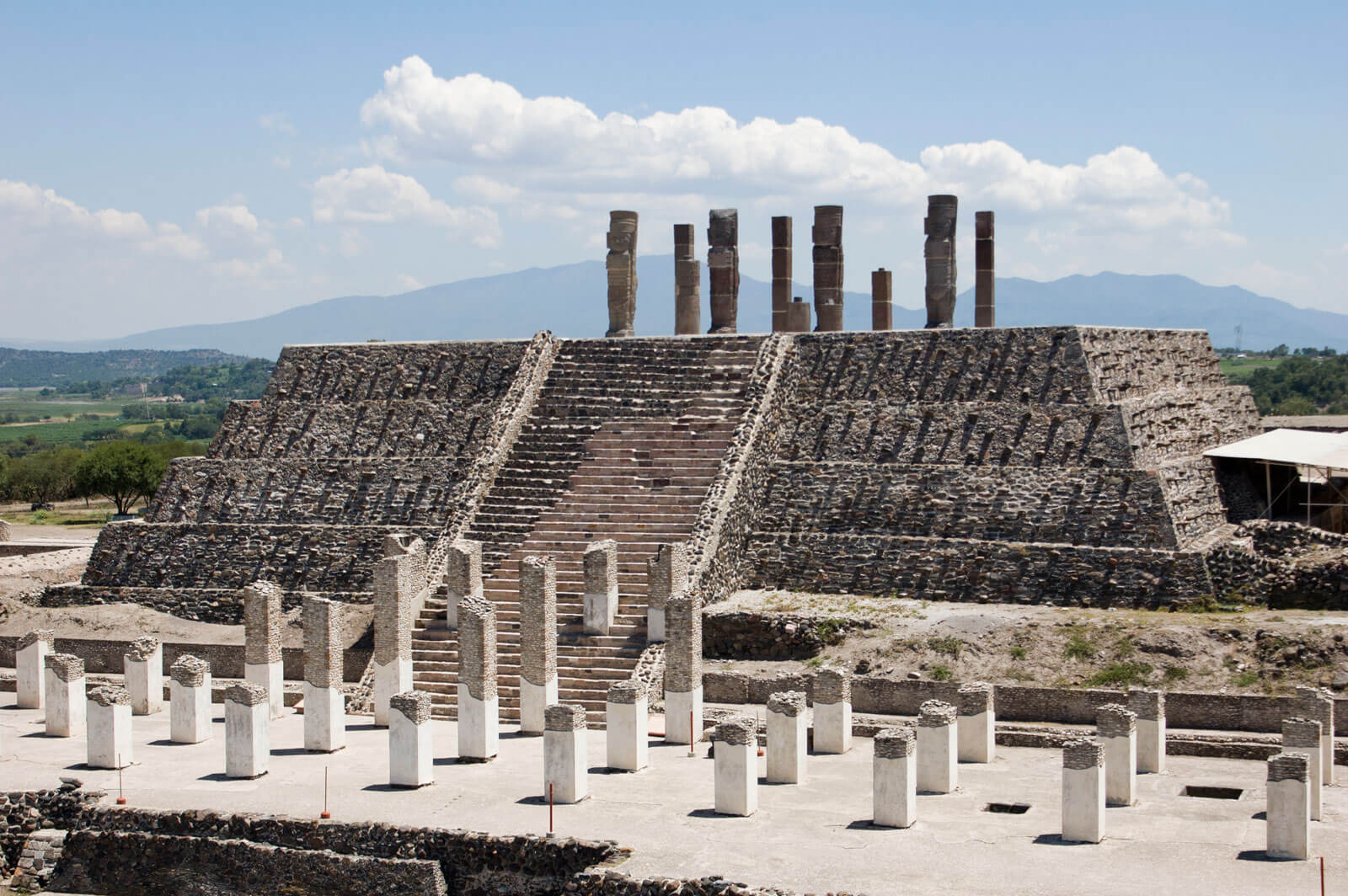
The Itzá power lasted for around one hundred years until, at the beginning of the 13th century, the rulers of Mayapán, subordinate to them, defeated them and maintained power in the area until 1441, the year in which they were defeated by a confederation of cities. headed by Uxmal. But the fame of Chichen Itzá did not disappear. Despite being abandoned, it remained a sacred place for the Mayans, especially for its enigmatic cenote (Great natural receptacle with water) where offerings and sacrifices were made for centuries.
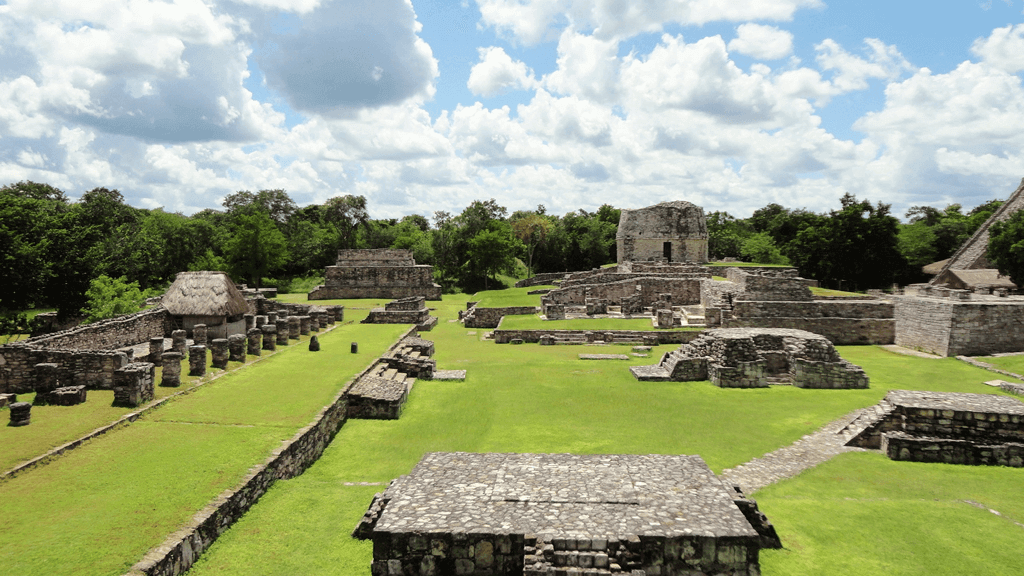
The name Chichén means "mouth of the well" and Itzá refers to those who founded it, the Itzáes "water witches", around the year 435.
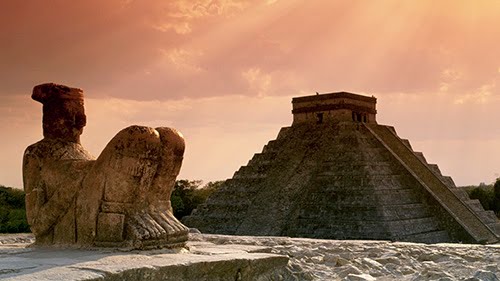
From that time and until the year 900 people of Putún, Chontal origin arrived in the north of Yucatán. and Itzá, and they erected Chichén Viejo with Puuc architectural and cultural elements.
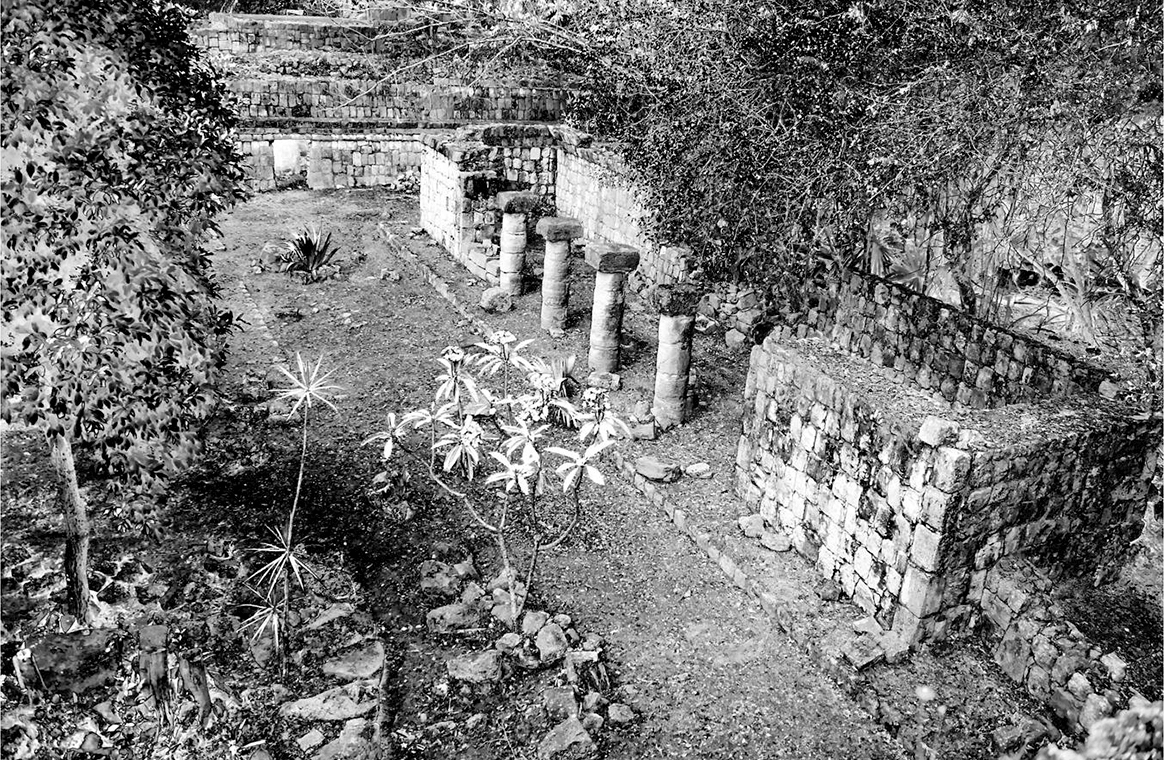
After a first abandonment and decline of the city, around the year 900 Chichén Itzá received new waves of Itza peoples and experienced a political and cultural renaissance with Toltec influences that consolidated it as the main center of power in the Yucatan peninsula. It is believed that in this new stage what happened 1,500 kilometers away, in the city of Tula, where violent conflicts ended with the expulsion of a political faction, had a lot to do with it. This side was led by a ruler named Topilzin Quetzalcóatl, who arrived in Mayan lands with the ideology of their god Quetzalcóatl, called Kukulcán in the Mayan language. From then on, his image appeared represented a thousand and one times in the buildings that were erected in Chichén Itzá.
In Chichen Itzá, two construction styles can be distinguished, which are a reflection of the two different eras that make it up. The oldest arose during the Terminal Classic (600-800 / 900) of the Puuc tradition, a geographical area where the most outstanding vestiges of this more indigenous style are found. The second epoch, in the Early Postclassic (900-1200), is known as the Toltec Maya and coincides with the arrival of Putun groups from the Campeche area.
The oldest part of the city is known as Chichén Viejo and is concentrated in the southern area, where the Xtoloc cenote was. Its buildings are not as megalomaniacal as those that were built later in the north, but they captivate with their beauty and exuberant Puuc-style decoration.
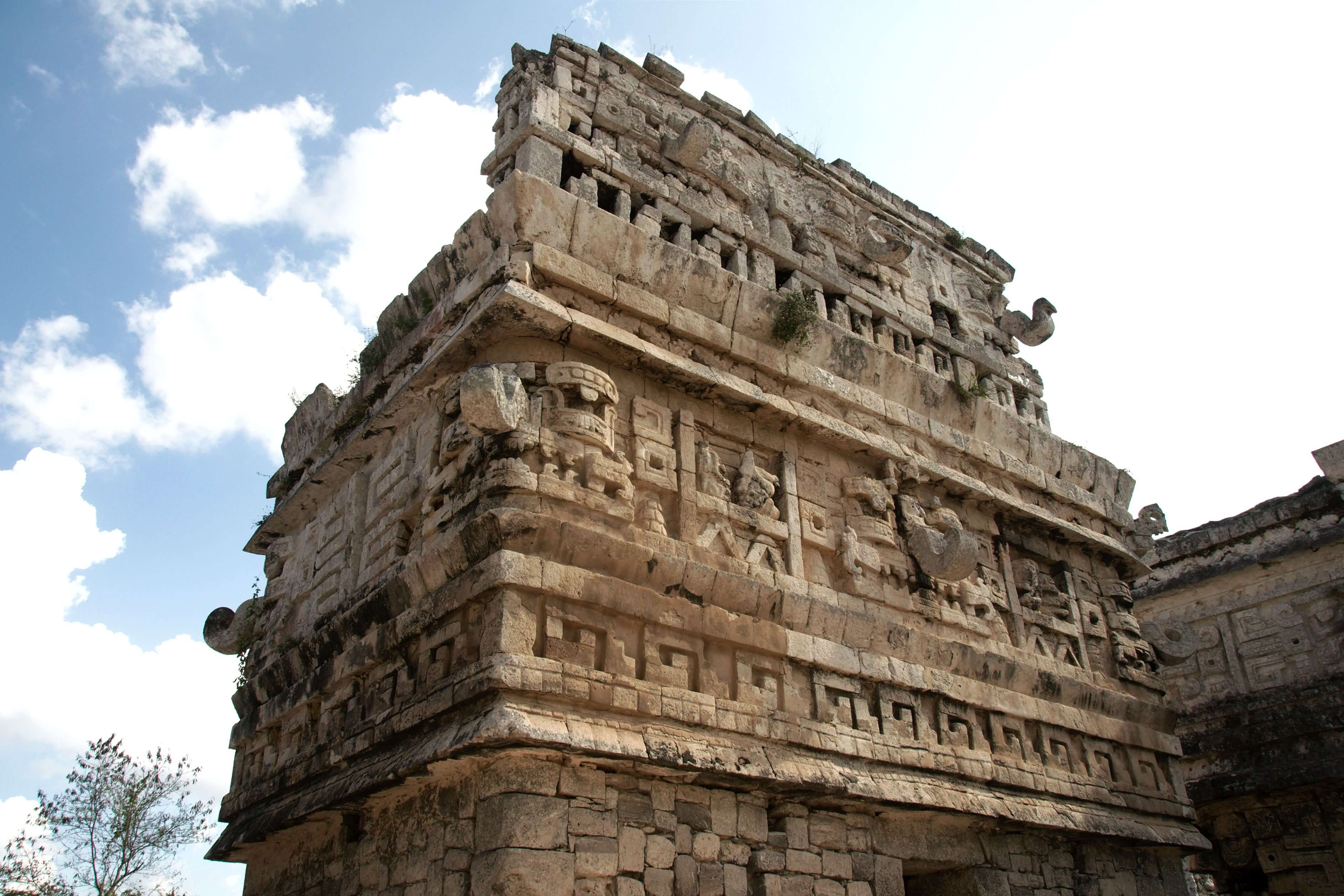
The environment was perfect for small groups of peasants to settle around the drinking water cenote in the 5th century, with cultivable soil and abundant stone to build. It was at that time that the first known architectural group emerged with the most seductive buildings in the entire city: the group of the Nuns, named by the Spanish because it reminded them of a convent, and the Church, also named by the conquerors, and its hyper decorated annex, where the horror vacui leaves no free space before the multiplication of the representation of the god Chaac and his powerful laughing nose.
The population of the city grew and with it new buildings arose, such as the Ossuary or the tomb of the Great Priest, the Temple of the Deer, the Caracol platform, the Red house and the annexed platforms. Years later, Mexican elements were incorporated, such as the serpentine rafters and the small ball court attached to the Colorada house. All these architectural ensembles communicated with each other by a network of roads called sacbeob.
Between the years 900 and 1200 Chichén Itzá lived its time of splendor due to the arrival of people who imported Toltec influences and began to build in the northern area. In the area known as the Great Esplanade, the Kukulcán pyramid was erected as a lookout that contemplates the great square from the four directions of the universe, and the Temple of the Warriors, the Temple of the Jaguars and the impressive set of the Thousand Columns, previously roofed and today helpless, a good example of the new architectural elements introduced by the followers of Kukulcán.
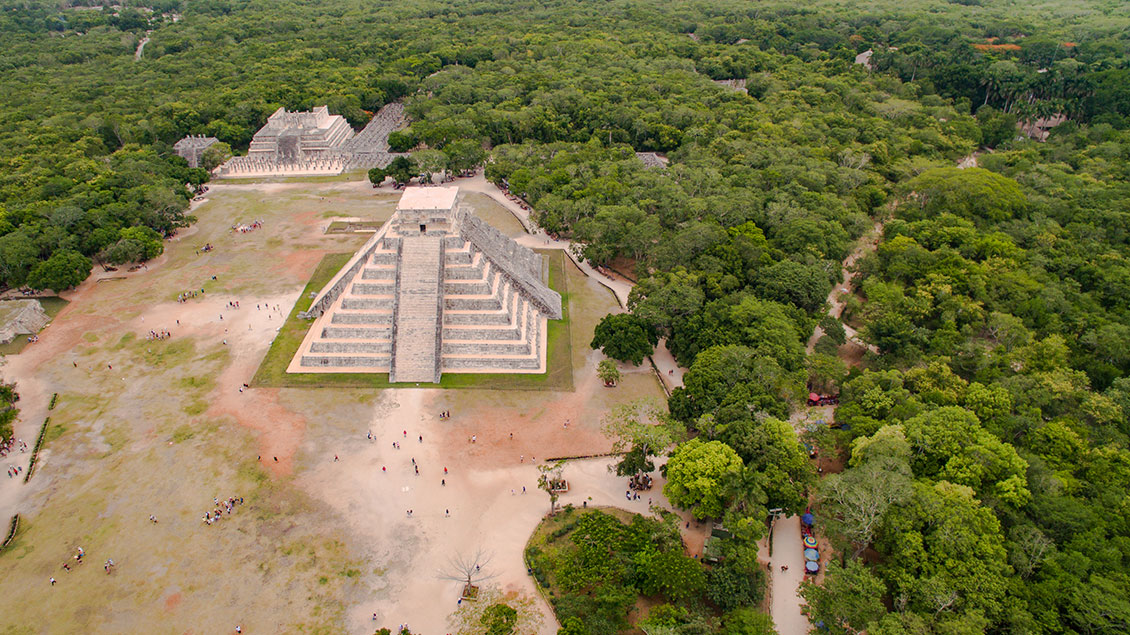
The zompantli, the platform of Venus, the Great Ball Court (the largest in Mesoamerica) and its annex buildings were also built: the north and south temples, and the temple of the jaguars, full of allusions to this cosmic game, a constant fight between light and darkness. From the Puuc period but remodeled in the Mexican period is the Observatory or Caracol, with its fascinating circular plan. Likewise, from this northern sector, through a white sacbé, you reach the Sacred Cenote, where offerings were made for centuries.
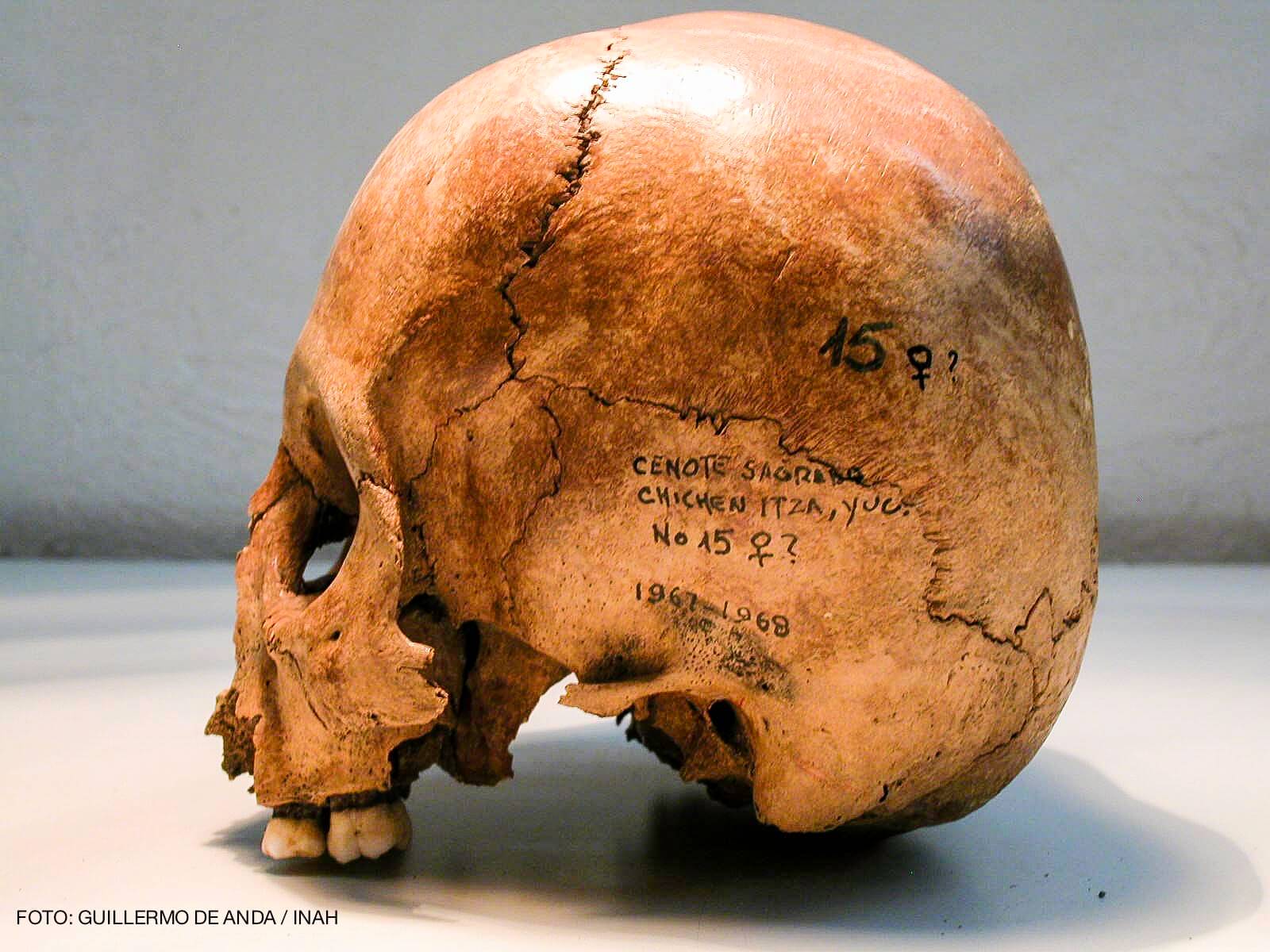
The shape of these buildings confirms the coexistence of the Puuc and Mexican styles, and their beautiful balance. The porticoes supported by columns, almost always serpentine, and the pilasters decorated with military motifs, of clear Mexican influence, coexisted with impressive Chaac masks, an exponent of the Puuc style.
In 987 the Mayapán League was formed between the three most important cities in Yucatán: Uxmal, Mayapán, and Chichén Itzá. Although in the first decades this league was controlled by Chichén, the alliance was not without conflict. Over time the disagreement between its leaders liquidated the league and caused war between those who formed it. The Itza were the most affected faction and, after their defeat, they took refuge in the Petén, north of Guatemala. Mayapán imposed its hegemony and, although the elite of Chichén Itzá, made up of warriors, priests and merchants, continued to worship the god Kukulcán and maintain its impressive talud-board-style constructions, the city went into decline. In the 13th century it was abandoned without losing its character as a pilgrimage center.

When the Spanish arrived on the coasts of Yucatán in the early 16th century, the Mayan cities were already abandoned and the majority of the population lived in rural areas. For this reason, nothing made us suspect that these peasant villages had a great past, full of artistic and scientific achievements. But, Chichén Itzá still preserved its aureole of a sacred site, to such an extent that the Spanish Francisco de Montejo, the conqueror of Yucatan, raised the possibility of establishing the capital of the province in the city, although later the idea did not prosper.
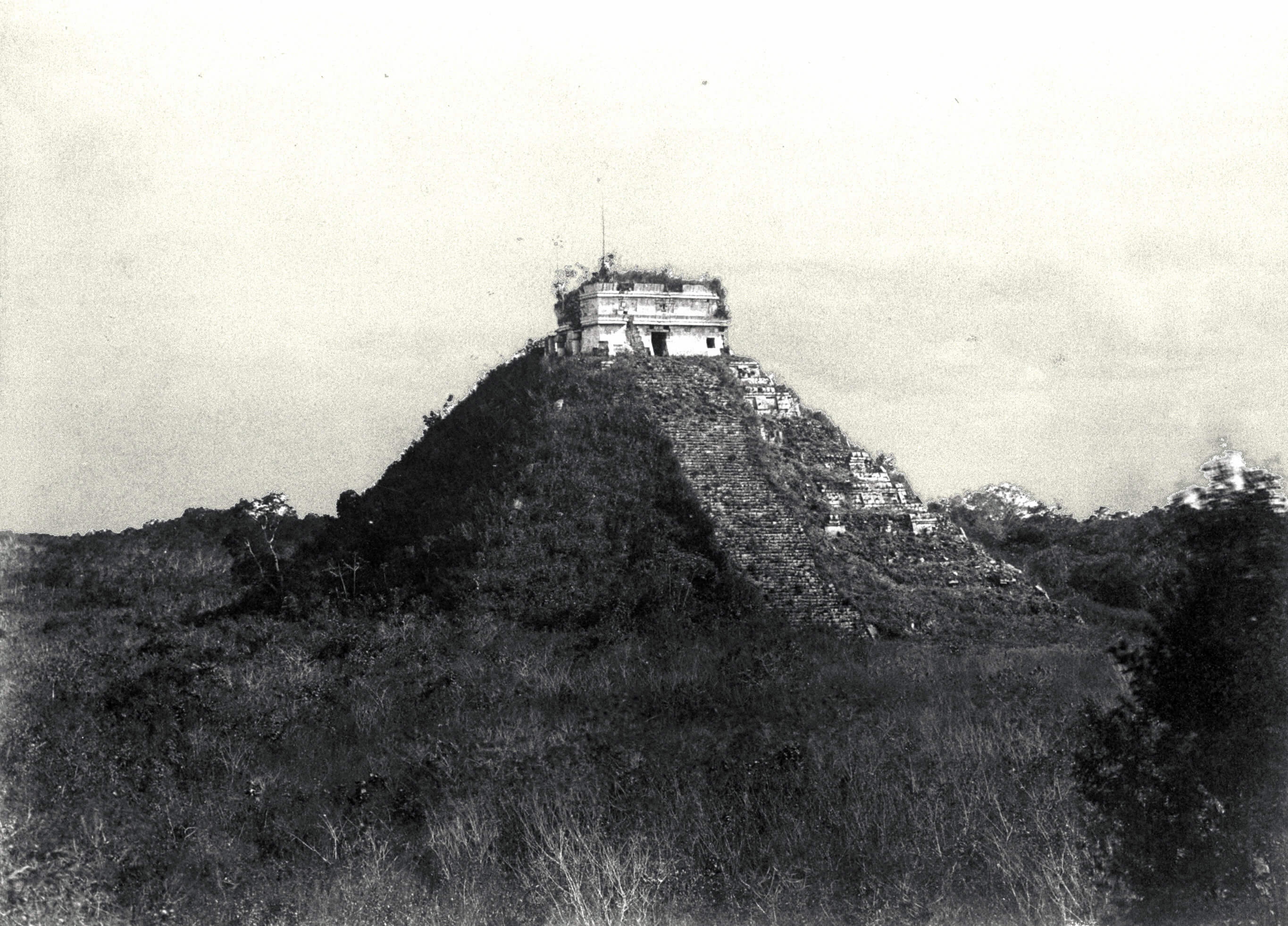
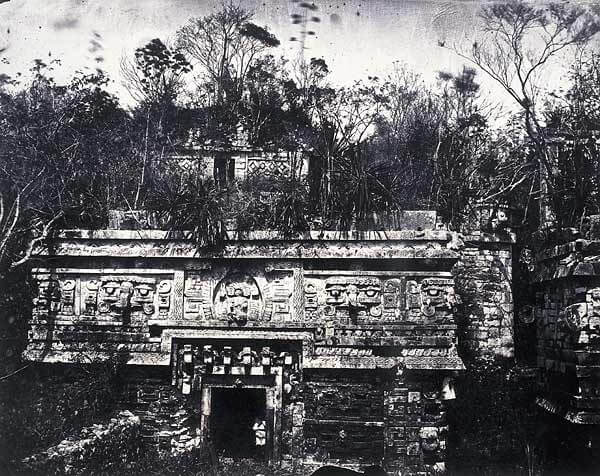
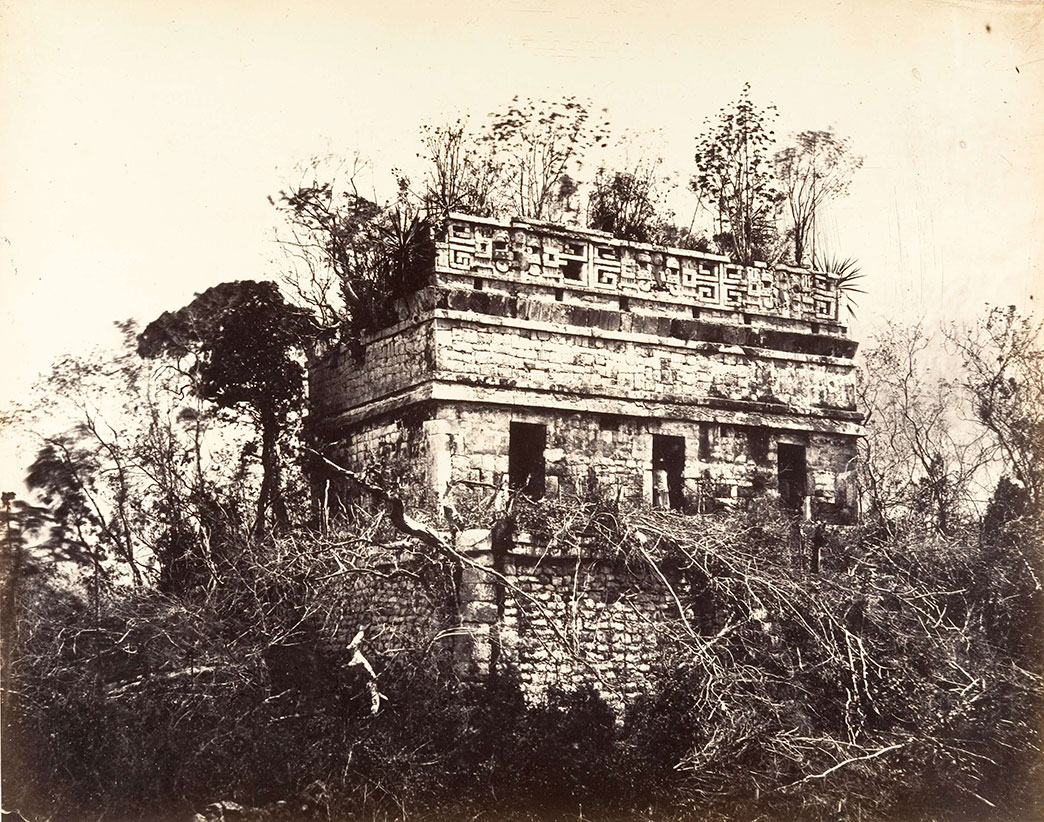
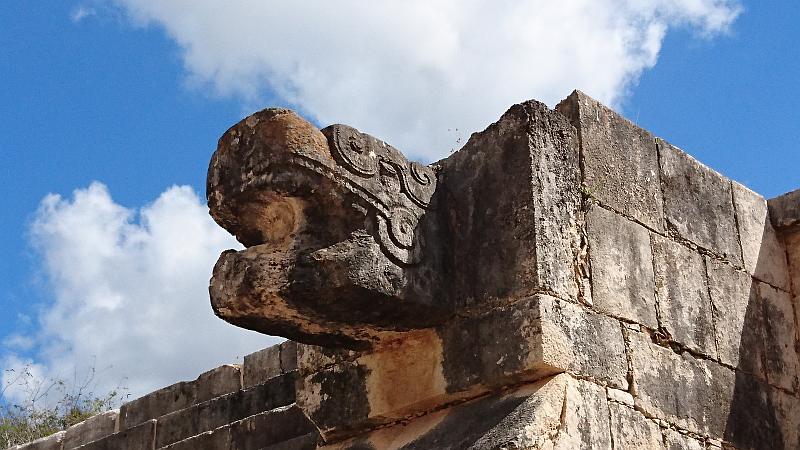
The Maya originated around 3,000 years ago in present-day Guatemala, Honduras, Belize and Mexico.
The Mayan empire flourished in the southern regions from around 250 AD to 900 AD. The empire in the south collapsed around 900 AD. No one knows the reason.
The Maya also developed social class system which was a well-ordered and carried on trade throughout a network of cities that went as far south as Panama and as far north as Central Mexico. Mathematicians, their number system included the concept of zero, an idea unknown to the old Greeks, expert mathematicians themselves.
The Maya used their mathematical knowledge along with celestial observations to finesse a calendar created by the Olmec which is a culture from the Mexican Gulf Coast and to create monuments to observe and commemorate movements of the moon, the sun, and Venus.
Spectacular examples of these monuments can still be seen at Chichen Itza today.
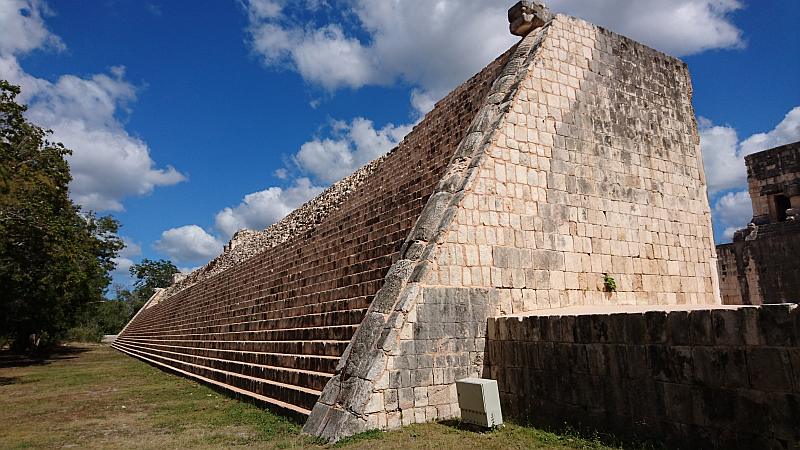
Chichen Nuevo began roughly about 850 AD. with the arrival of the Itza from Central Mexico.
The city was rebuilt by the Itza. It is also characterized by images of the god Kukulcan, the plumed serpent.
Around 1150 AD. a new wave of Itza took over the city and ruled for another 150 years more until Chichen Itza was finally overtaken by the rival city of Mayapan.
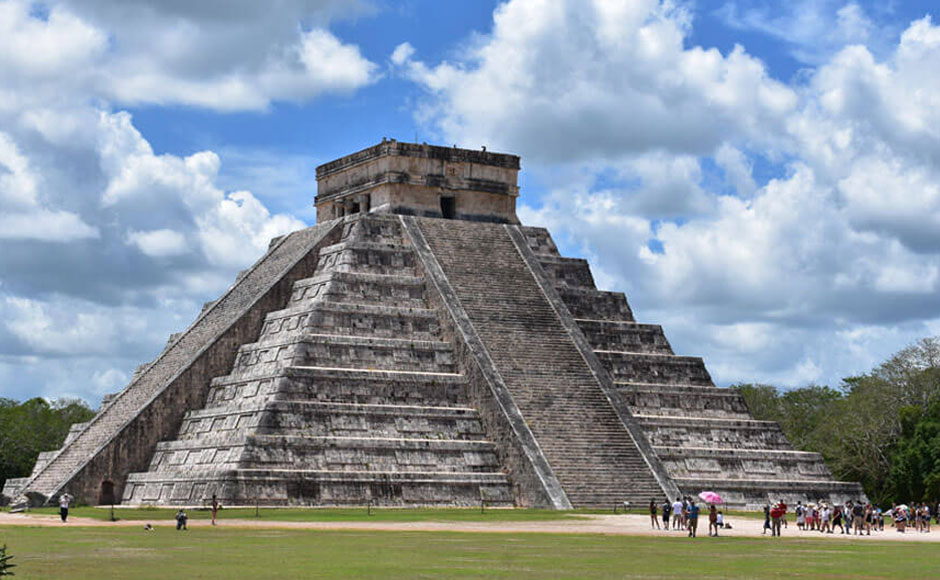
The history of Chichen Itza as with many aspects of Mayan history is obscure: Written records are scarce.
In the historical records which is exist, dates that were several years apart were often given the same name, due to the organization of the old Mayan calendar.
Roughly all sources agree that from approximately 550 AD to 800 AD, Chichen Itza existed mainly as a ceremonial center for the Maya civilization.
The area was then largely abandoned for about a hundred years (no one knows reason ), to be resettled around 900 AD again. Shortly before 1000 AD, it was invaded by a people from the north ( the Toltecs ).
The Toltecs had settled near modern-day Mexico City at Tula, around 900 AD under the rule of a king Topiltzin. Topiltzin also took the name of “Feathered Serpent,” or Quetzalcoatl, the name of an Aztec god.
A rival warrior faction forced Topiltzin Quetzalcoatl and also his followers out of Tula around 987 AD.
Mayan historical sources mention that a man who called himself Kukulkan arrived in Chichen Itza from the west (Kukul means “feathered” and kan means “serpent”) in the period that ended in 987 AD. A strong case has been made that Kukulkan and Topiltzin Quetzalcoatl were most likely the same person, and that he brought the Toltec practices and beliefs to Chichen Itza, including the practice of human sacrifice.
The Toltecs were somewhat open to new ideas, however, at Chichen Itza incorporating some beliefs held by the Maya already.
• The city is divided into two different principal areas: Chichen Viejo (Old Chichen) and Chichen Nuevo (New Chichen).
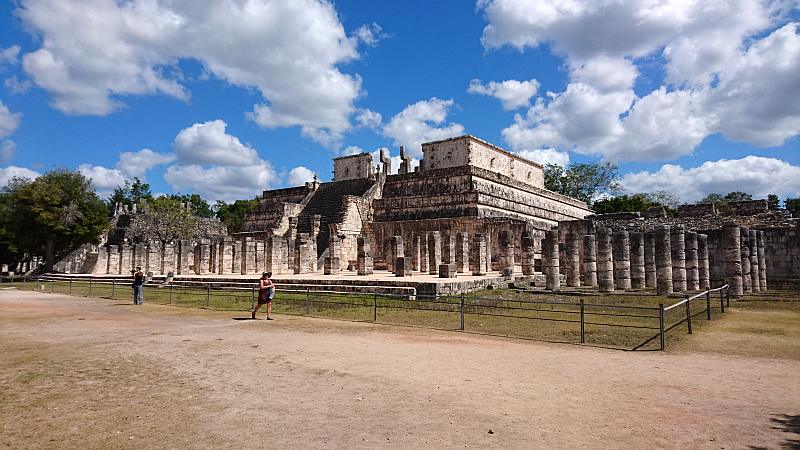
Chichen Itza, a UNESCO World Heritage Site, has become one of the most popular tourist destinations in the world and the second most visited of Mexico’s archeological sites. It remains open to the public 365 days of the year. 8.000 visitors per day in the high season climbing on monuments in Chichen Itza and consequently monuments have been structurally worn down because of a huge amount of tourist traffic.
Tourists, climbed the sites, had left their marks in the form of graffiti. The stone steps of monuments were already showing signs of rapid erosion. Letting tourists climb up monuments was severely damaging the pyramid itself. In order to avoid deterioration, Chichen Itza definitely needs permanent maintenance and attention.
Fully restored 5 km core area of Chichen Itza is under the official management and protection of the INAH (Mexico’s National Institute of Anthropology and History). Chichen Itza was declared an archeological monument in 1986 and it is also protected by the Federal Law on Monuments and Archeological Artistic and Historic Zones. The preservation methods are being used seem to be very professional and responsible.
INAH has been closing monuments to public access over the past several years and visitors can no longer climb them or go inside their chambers. The reason why American lady Mrs. Black who was 80 years old climbed the 91 steps of El Castillo and fell to her death on January 5th, 2006, the El Castillo Temple of Kukulkan was also closed to access. It is not allowed to climb up the monuments for the safety of visitors and the preservation of the structures. Now all beautiful monuments are there in all their glory, but in the past the structures could barely be seen under the press of bodies climbing all over them.
Today the ruins of Chichen Itza are federal property and the site’s management is maintained by INAH. But the actual ruins of the city extend over 25 km with many unexcavated ruins and this part is not under any state protections. Village cooperatives and individual landowners make use of this land for agricultural purposes.
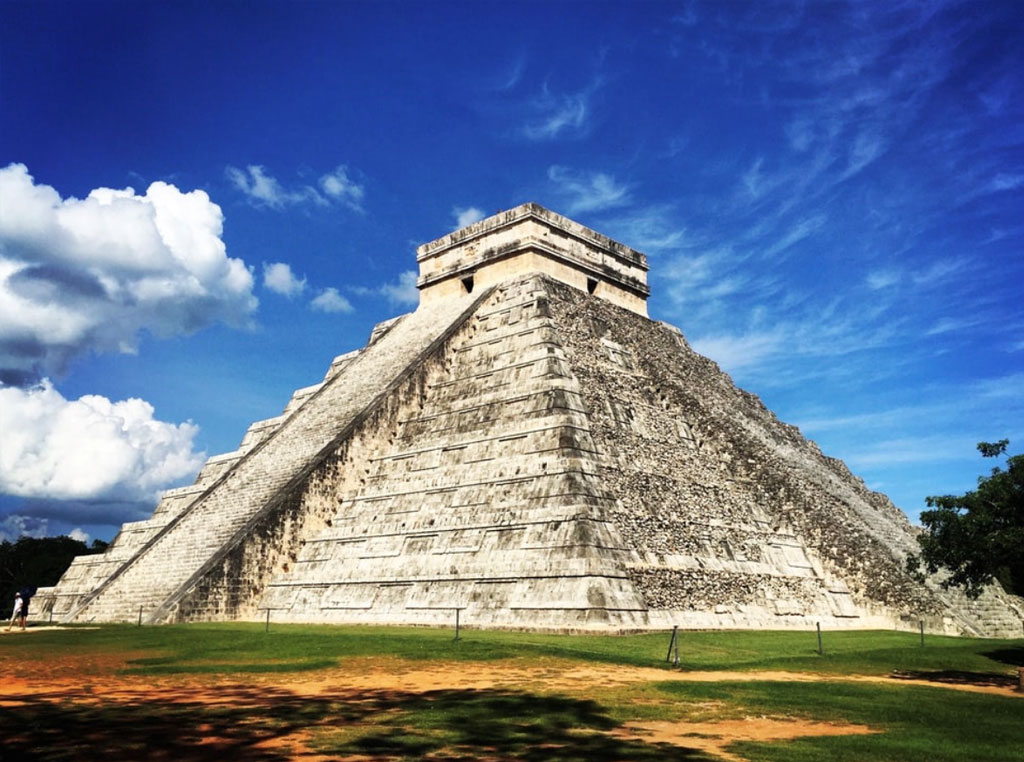
Chichen Viejo was founded about 400 AD. by the Maya and then governed by priests. The architecture od this area is characterized by many representations of the god Chaac, the Maya rain god.
Old Chichen (Chichen Viejo) is situated in the south of Las Monjas, and is open only for archaeologists.
 435 - 600
435 - 600
Arrival at Chichen Itza by the Itzaes, a Mayan group originating from Campeche or Tabasco. Foundation and first settlements in the city.
 600 - 918
600 - 918
First apogee of the city and construction of the buildings of Chichen Viejo, of Puuc artistic influence. At the end of this period there was the first abandonment of the city.
 918 - 987
918 - 987
The population of Champoton, of Toltec culture and Mexican influence, arrives at Chichen Itza, which introduces the cult of Kukulcán in the city.
 987-1194
987-1194
The cities of Uxmal, Mayapán and Chichen Itza establish a military alliance led by Chichan Itza.
 1194-1200
1194-1200
There is a confrontation between the cities of the League. Chichen Itza is defeated and Mayapan imposes its hegemony.
 1250
1250
The city was abandoned, although its power as a religious pilgrimage center lasted until the 16th century.